41 information found on food labels
Facts on Food Labeling And What You Should Know [INFOGRAPHIC] Plus, country-level information has found a link between labeling requirements on restaurant calorie labeling and a reduction in body mass index. Plus, food label nutrition information is valued most by individuals who require it the most. Consumers who have certain illnesses like high cholesterol or high blood pressure or dietary restrictions ... What Do Food Labels Mean? - FoodPrint They guarantee that the food was produced in a way that can help you lower your " foodprint " — i.e. without pesticides, say, or genetically engineered ingredients. So whether you are concerned about animal welfare, environmental sustainability or fair wages for workers (or all three!), there are labels to help.
Food Labels | Nutrition.gov HHS, Food and Drug Administration. Food and Drug Administration (FDA) regulates the safety of food for humans and animals, including foods produced from genetically engineered (GE) plants, sometimes referred to as "genetically modified organisms" (GMOs). Find out more about the safety of GE plants, and how they are regulated here.
/arc-anglerfish-tgam-prod-tgam.s3.amazonaws.com/public/UPYYQJMQERBQJHNK5OZYDTC7MI)
Information found on food labels
› calorie-counts-and-nutritionCalorie Counter and Food Nutrition Data - Verywell Fit May 24, 2022 · Macronutrients are the nutritive components found in food—fat, protein, and carbohydrate—needed in larger amounts for energy and to maintain the body’s structure and systems. The nutrition facts panel lists the percentage of each of these macronutrients in a serving based on a 2000-calorie diet. Food labels & nutritional information | Raising Children Network Ingredients on food labels. In Australia, food manufacturers must be truthful on their food labels. A food label can include only the ingredients that are in the food product. For example, strawberry yoghurt must contain strawberries. The label also has to list the amount of the ingredient that's in the food. This information is in the ... Key Elements of a Food Label To Know | Food Labeling Info Good source of: Provides at least 10 to 19 percent of the Daily Value of a particular vitamin or nutrient per serving. Calorie free: Less than five calories per serving. Fat free/sugar free: Less than ½ gram of fat or sugar per serving. Low sodium: 140 mg or less of sodium per serving. High in: Provides 20 percent or more of the Daily Value of ...
Information found on food labels. What's on the Nutrition Facts Label | UNL Food A Nutrition Facts label lists the nutritional content, the serving size, and the calories for a recommended serving of a food product. This helps consumers make the best decision on how much to eat, maybe when they want to eat this food, or how they can better balance their food choices throughout the day. In addition to the Nutrition Facts ... What is required on a food label? - USDA A meat and poultry label is required to contain 8 features. These are: the product name, inspection legend and est. number, handling statement, net weight statement, ingredients statement, address line, nutrition facts, and; safe handling instructions. These requirements are found in the Code of Federal Regulations (9CFR 317.2/381 Subpart N). What information is on a food label? | - From Hunger To Hope Five essential elements should be included on the nutrition information label (calories, total fat, sodium, total carbs and protein). ... To calculate this, divide the calories from fat in a meal or drink by the total calories (found on the product's food label) and multiply by 100. Divide 60 by 300 and multiply by 100 if a 300-calorie meal ... About food labels - Canada.ca By law, most packaged food must be labelled with: a nutrition facts table, which gives you information on: serving size. calories. nutrients. percent daily values (% DV) an ingredient list, which lists all the ingredients in a food by weight. this begins with the ingredient that weighs the most and ends with the ingredient that weighs the least.
› codeFood Standards Code Nutrition information requirements Standard 1.2.10 Information requirements – characterising ingredients and components of food PART 1.5 Foods requiring pre-market clearance Standard 1.5.1 Novel foods Standard 1.5.2 Food produced using gene technology Standard 1.5.3 Irradiation of food PART 1.3 Substances added to or present in food Standard ... Food Package Labeling - an overview | ScienceDirect Topics K.A. Roche, in Encyclopedia of Food and Health, 2016 Abstract. Food labels in Europe are governed by the Food Information to Consumer (FIC) regulation 1169/2011. There are 12 mandatory pieces of information that must be present on all European Union (EU) food labels: product name, list of ingredients, allergens, quantitative ingredient declaration, net quantity, durability dates, storage ... Food labels - Better Health Channel Reduced fat or salt - should be at least a 25% reduction from the original product. Low fat - must contain less than 3% fat for solid foods (1.5% for liquid foods). Fat free - must be less than 0.15% fat. Percentage of fat - remember 80% fat free is the same as 20% fat, which is a large amount. What Information Do Food Labels Provide Quizlet? - Dr Reads Food labels carry useful information to help you make informed choices about what you and your family eat and drink. Most packaged foods are required to have a label with this information, but the information required depends on the food type.
familydoctor.org › nutrition-tips-for-Nutrition: Tips for Improving Your Health - familydoctor.org Dec 16, 2016 · Read the nutrition labels on foods before you buy them. If you need help with the labels, ask your doctor or dietitian. When you eat out, be aware of hidden fats and larger portion sizes. Staying hydrated is important for good health. Drink zero- or low-calorie beverages, such as water or tea. Understanding Food Labels | The Nutrition Source | Harvard T.H. Chan ... The information on food labels is intended to help consumers become savvy about their food choices. The front, back, and sides of a package are filled with information to inform us what the food contains and to provide guidance in making healthier selections of processed foods. ... These dates found on food products inform both the seller and ... Food Labeling & Nutrition | FDA Food labeling is required for most prepared foods, such as breads, cereals, canned and frozen foods, snacks, desserts, drinks, etc. Nutrition labeling for raw produce (fruits and vegetables) and ... › food › food-labeling-nutritionChanges to the Nutrition Facts Label | FDA - U.S. Food and ... Mar 07, 2022 · Manufacturers with $10 million or more in annual sales were required to update their labels by January 1, 2020; manufacturers with less than $10 million in annual food sales were required to ...
Food Product Labeling Basics | Oklahoma State University Specific requirements for infant food labeling are found in 21 CFR 105.65. Details on nutritional labeling requirements for children under 4 years of age are found in 21 CFR 101.9(j)(5). ... Additional Information that May Appear on the Food Label . Nutrient Content Claims. Terms such as "low sodium" and "fat free" are referred to as ...
Information Required on a Food Label: What to Know - The Label Link Informational Panel. The informational panel includes areas of your label. This includes: The nutrition facts. Name and address of the packer, manufacturer and/or distributor including street address, city or town, state, country (if outside the USA) and zip code. Ingredient list. Allergy labeling. Each of these are vital for the consumer to ...
Food Labeling Basics - Food Quality & Safety More specifically, the regulations ensure a consumer can reliably find accurate information on a food product label regarding product identity, quality, nutrition, and relevant health and safety information. What we see on a food label today is the result of many years of laws and regulations, including the Food, Drug, and Cosmetic Act of 1938 ...

Food labels are an important source of information about the food and thus printing of food ...
Food Labels 101: Understanding the Nutrition Facts Label This section provides great information to ensure you're getting the nutrients you need. The daily values for nutrients have been updated on the revised nutrition facts label to reflect new scientific evidence. In addition to being on the back of your favorite products, nutrition information can be found in more places than usually expected.
› eating-well › howHow to understand food labels | Eat For Health Labels on most packaged food must meet strict requirements that include information for people with food allergies, food additive listings and food storage instructions. More information about food labelling requirements can be found at Food Labels - What do they mean? Food Standards Australia and New Zealand [PDF, 1MB]. While food labels can ...
How To Read Food and Beverage Labels - National Institute on Aging At the top of the Nutrition Facts label, you will find the total number of servings in the container and the food or beverage's serving size. The serving size on the label is based on the amount of food that people may typically eat at one time and is not a recommendation of how much to eat. Read more about serving and portion sizes.
Get the Facts: Know Your Food Label | Health Powered Kids Pass out two to three nutrition facts labels to each young person or group. Ask the youth to take a few minutes to do the following: Locate the Nutrition Facts label for your food item (s). Find the Serving Size and Servings Per Container. Remember: all of the nutrition information on the label is based on one serving of the food.
Food Labels (for Teens) - Nemours KidsHealth A food with 10%-19% of a nutrient is a good source of that nutrient. A food with 20% or more of a nutrient is high in that nutrient. The information on food labels is based on an average adult diet of 2,000 calories per day. The actual number of calories and nutrients that kids need will depend on their age, weight, gender, and level of ...
Food Labels and Key Information - Barcode Equipment and Labeling Solution When it comes to food labels, it's also important to remember that the first ingredient on the product is always the most important, and that's what the food item mostly contains. Lastly, always be sure to read the fine print when looking at food labels. While the ingredients are never "hidden", per se, you might accidentally skim over ...
Food Labels | CDC - Centers for Disease Control and Prevention If you eat the whole thing, you are eating 8 times the amount of calories, carbs, fat, etc., shown on the label. Total Carbohydrate shows you types of carbs in the food, including sugar and fiber. Choose foods with more fiber, vitamins, and minerals. Choose foods with lower calories, saturated fat, sodium, and added sugars.
PDF Food Labeling Guide - Food and Drug Administration the information panel (the label panel immediately to the right of the PDP, as seen by the consumer facing the product). 21CFR 101.1, 21 CFR 101.2, 21 CFR 101.3, 21 CFR 101.4, 21 CFR
Food labelling - Food and nutrition | NHS inform Nutrition labels must display the amount of energy (calories and kilojoules) and the amount of fat, saturated fat, carbohydrates, sugars, proteins and salt (all expressed in grams) present in 100g (or 100 ml) of the food. In addition to the mandatory requirements above, nutrition information may also be expressed per portion provided the number ...
USDA ERS - Food Labeling The Nutrition Facts Label (NFL), mandated through the 1990 Nutrition Labeling and Education Act (NLEA), is a familiar feature on packaged food. The label has changed only slightly since its inception in 1994, with trans fat added in 2006 to the nutrients required to be listed. In a 2012 report, ERS researchers found that between 2005 and 2010 ...
› health › topicsEndocrine Disruptors - National Institute of Environmental ... May 31, 2022 · Endocrine disruptors are found in many everyday products, including some plastic bottles and containers, liners of metal food cans, detergents, flame retardants, food, toys, cosmetics, and pesticides. Some endocrine-disrupting chemicals are slow to break-down in the environment. That characteristic makes them potentially hazardous over time.
Understanding Food Labels - Nutrition: Science and Everyday Application The serving size of the food is the amount that is customarily eaten at one time, and all of the nutrition information on the label is based on one serving of the food. ... as found in the DRI. 3. Most DVs are based on amounts for people age 4 years through adult, though there are DVs established for infants, toddlers, and pregnant and ...
food.ec.europa.eu › safety › food-waste_enFood Waste - Food Safety It might be a lot easier than you think! Check our communications materials for tips on how to save food and other practical information. Industry. Companies which implement food waste reduction initiatives in their daily operations are bound to reap the financial benefits of their actions. After evaluating cost and benefit data for 1,200 ...
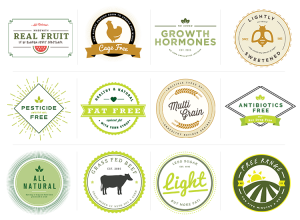
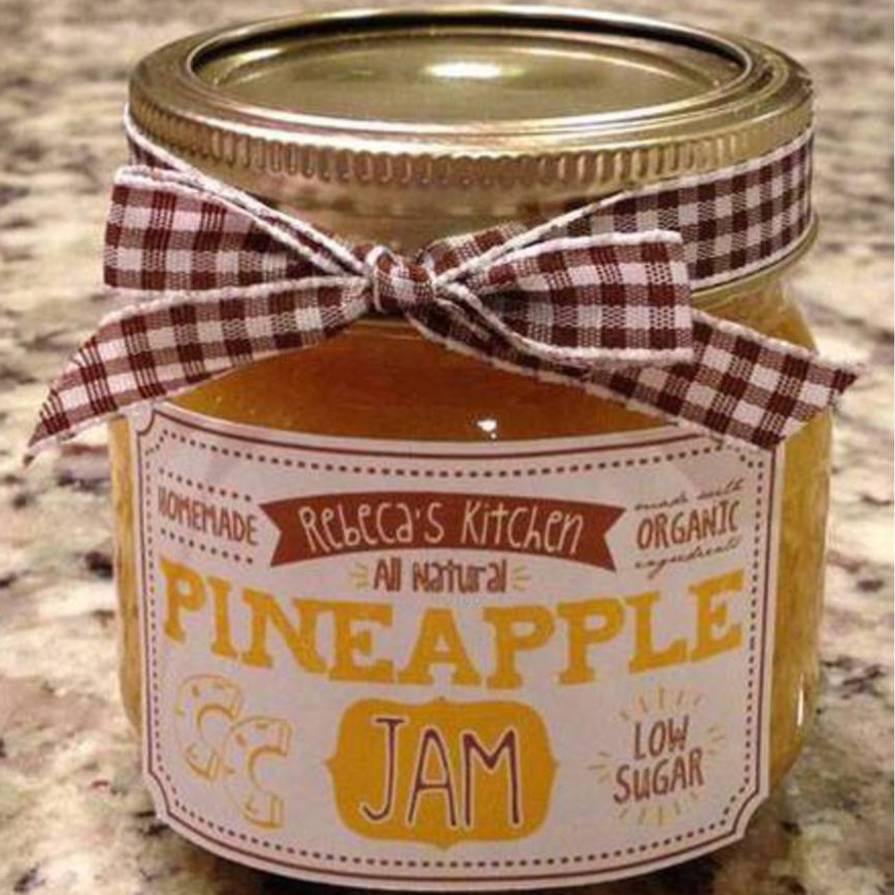
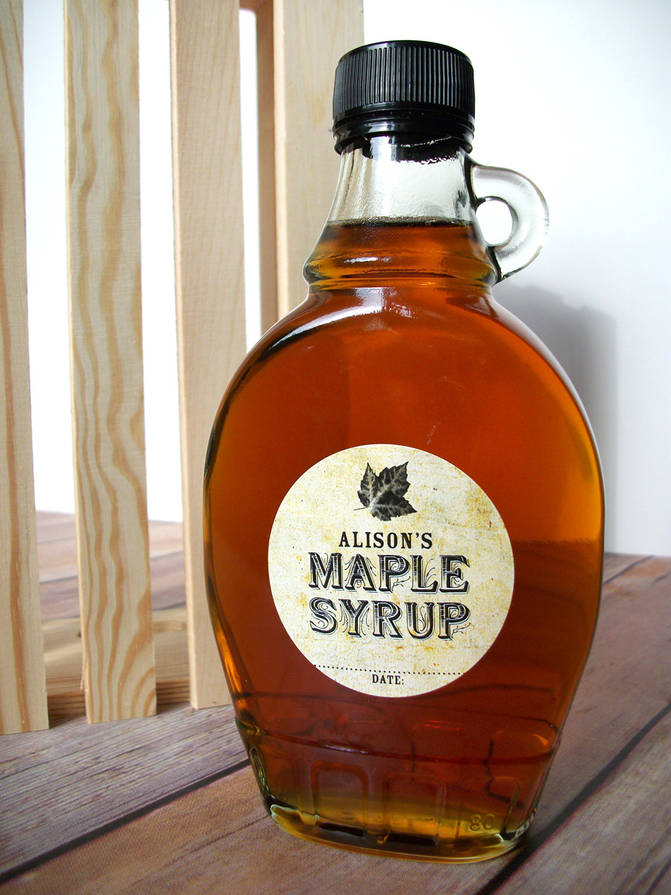

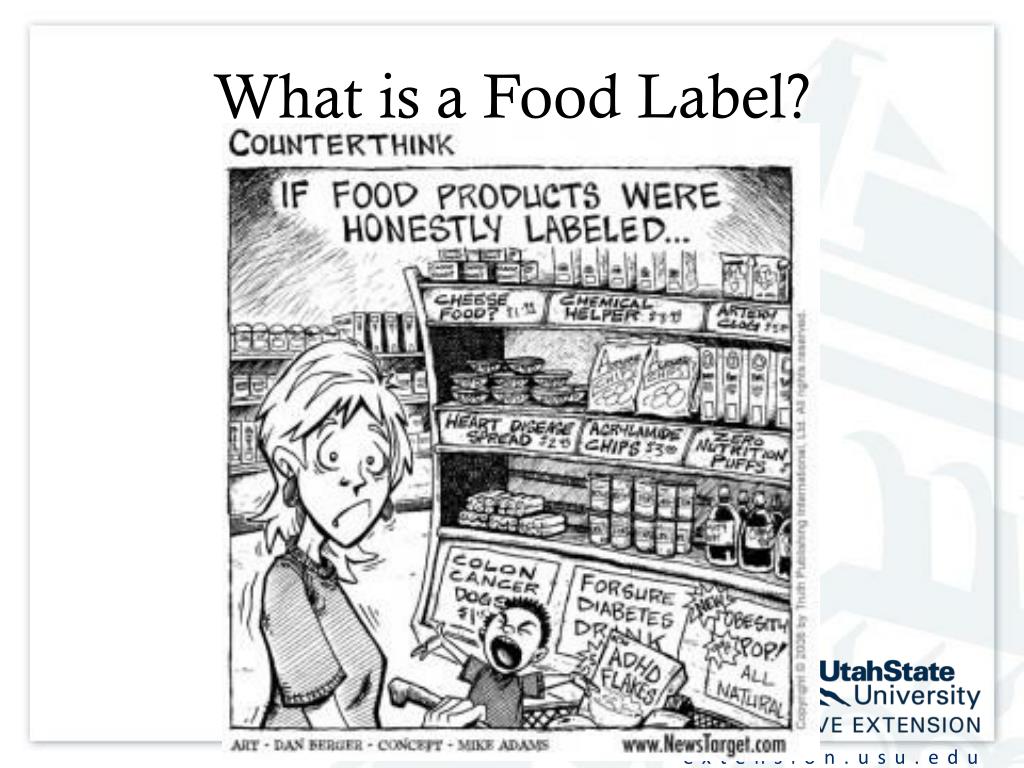




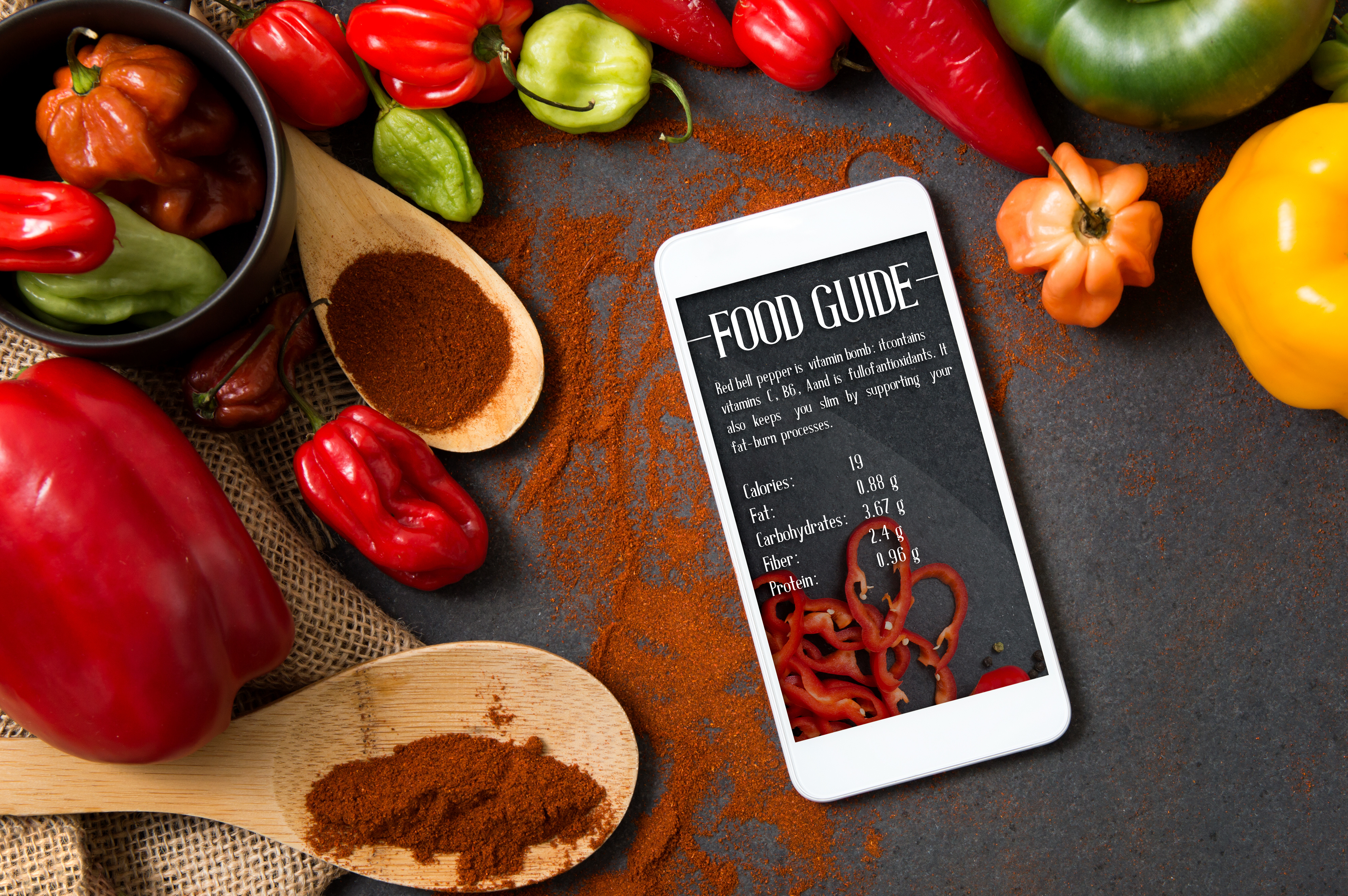


Post a Comment for "41 information found on food labels"